How to use Bird Netting for Agriculture
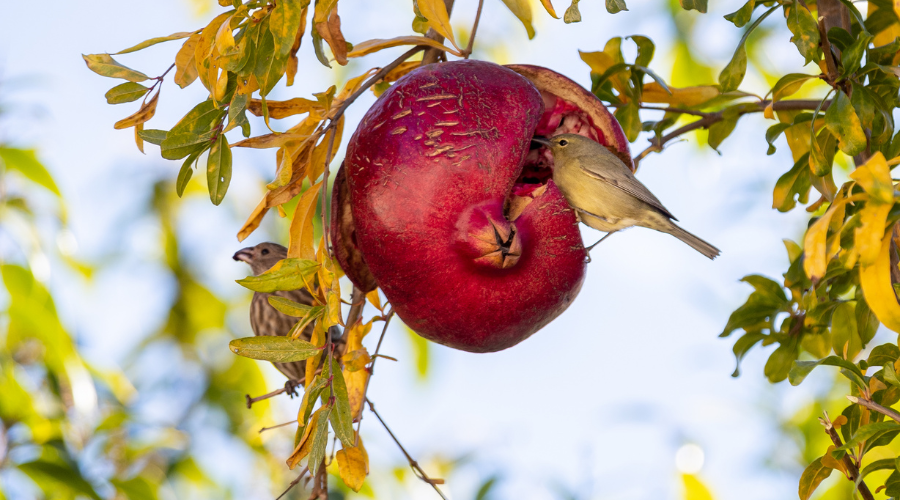
Birds might be lovely to watch, but they can be a real headache for farmers. Imagine spending months caring for your fruit trees, only to find your harvest ruined overnight by a flock of hungry birds. It’s frustrating, right? The same goes for vineyards and vegetable crops, where birds can cause serious damage and lead to significant crop losses.
Dealing with birds in agriculture is no easy task. They’re clever, persistent, and always seem to find a way to get to your crops. Traditional scare tactics like scarecrows or loud noises might work for a bit, but birds quickly learn to ignore them. That’s where bird netting comes in. It’s a simple yet effective solution that creates a physical barrier, keeping those pesky birds away from your crops.
Bird netting not only protects your harvest but also aligns with organic farming principles, offering a chemical-free way to deter birds. Understanding how to use bird netting can make a big difference. In this blog, we’ll explore different ways to use bird netting in agriculture, from protecting fruit trees and vineyards to strategies for vegetable crops and integrating netting with other pest management techniques.
Why Choose Bird Netting for Agriculture
You might be wondering why bird netting is a better option compared to other common ways of keeping birds away from crops. Let’s take a closer look at the reasons that make bird netting stand out as the ideal choice for farmers.
- Prevents Crop Damage: Bird netting creates a physical barrier that prevents birds from accessing your crops. This means your fruits, vegetables, and other plants are safe from being eaten or damaged by birds, which can cause significant losses.
- Non-Toxic & Eco-Friendly: Another advantage is that it is an environmentally friendly solution because it doesn’t rely on chemicals to deter birds. This makes it an excellent option for organic farmers who need to comply with strict guidelines that prohibit the use of synthetic pesticides and chemicals.
- Saves Money: Also, while there is an upfront cost to purchase and install bird netting, it can save you money in the long run. By preventing bird damage, you can reduce crop losses and increase your overall yield, making the investment worthwhile.
- Versatile: Plus, it comes in various sizes and types, making it suitable for different kinds of crops and farming setups. Whether you have small vegetable plots or large orchards, you can find netting that fits your needs.
- Protects from Disease transmission & Keeps Crops Healthy: By keeping birds away, netting helps prevent the spread of diseases that birds can carry. This not only protects your crops from being eaten but also ensures they stay healthy and free from bird-related diseases. Moreover, netting can also act as a barrier against other pests like rodents.
- Allows for Pollination: The mesh size of bird netting allows pollinating insects like bees to pass through, ensuring proper pollination and crop growth while excluding larger pests like birds
Protecting Fruit Trees with Bird Netting
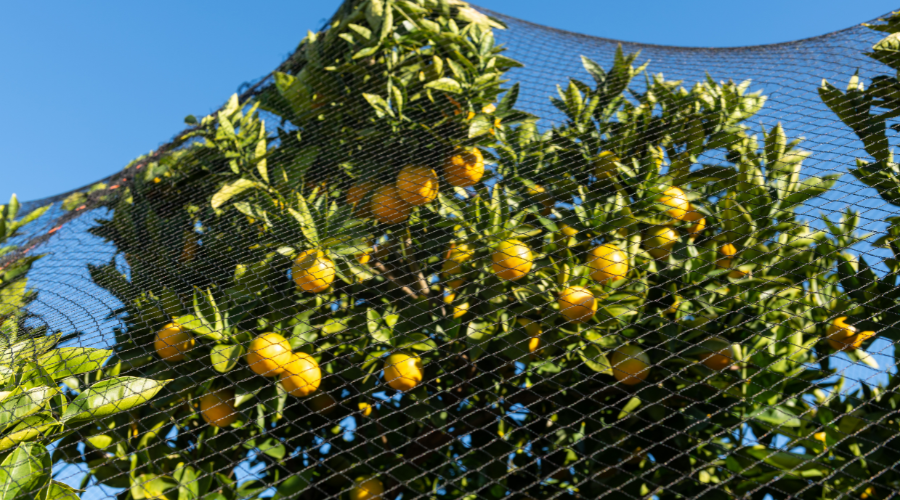
Fruit trees are a prime target for birds, who can quickly strip a tree of its valuable crop. Birds are attracted to fruit trees because they offer a readily available and nutritious food source, especially during the ripening season. Without proper protection, birds can cause significant damage to your harvest. Here’s how bird netting can help protect your fruit trees:
Types of Netting Suitable for Different Fruit Trees
Proper Installation Techniques
Choosing the right type of netting is important for effective protection. Here are some options:
- Lightweight Netting: Firstly, for smaller or dwarf fruit trees, lightweight netting is ideal. It is easier to handle and install, providing adequate protection without being overly cumbersome.
- Heavy-Duty Netting: Conversely, for larger orchards with big trees, heavy-duty netting is a better option. It’s more robust and can withstand harsher weather conditions and more persistent birds.
Proper installation of bird netting ensures maximum protection and longevity. Follow these steps:
- Supporting Structures: Use poles, frames, or trellises to support the netting. This keeps the netting elevated and prevents it from resting directly on the trees, which can lead to damage.
- Securing the Netting: Additionally, make sure the netting is tightly securely fastened at the base to prevent birds from entering from underneath. Use clips, ties, or stakes to keep the netting in place.
For Vineyards
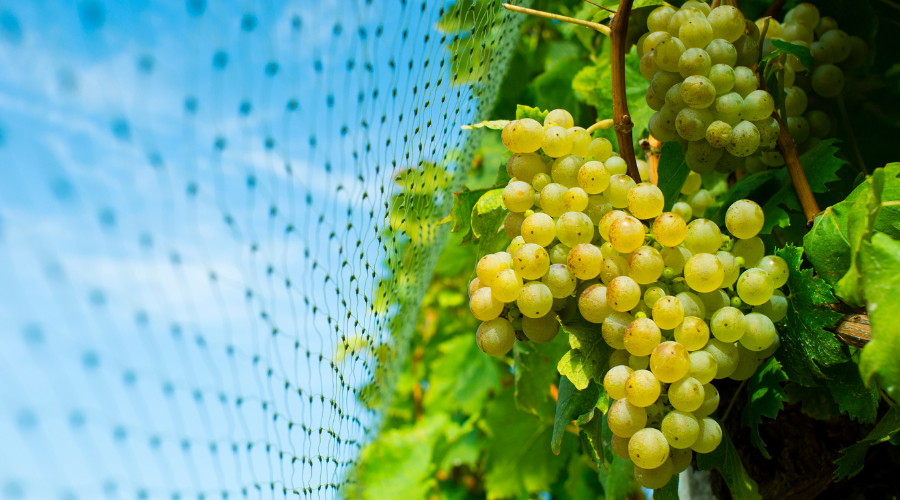
Vineyards can experience significant losses due to bird damage, making bird netting a worthwhile investment. Here’s how to effectively use bird netting in vineyards:
Challenges of Protecting Large Vineyard Areas with Netting
Permanent Netting Systems vs. Seasonal Installations
Covering large vineyard areas with netting can be quite a task, but it’s essential for protecting your grapes:
- Size and Scope: Large vineyards need a lot of netting, which can be tricky to manage. Proper planning and installation are crucial to make sure all areas are covered effectively.
- Access and Maintenance: Also, it’s important to make sure you can still get to the vines and maintain them while the netting is in place.
Choosing the right netting approach depends on your vineyard’s needs:
- Permanent Netting Systems: For year-round protection, permanent netting systems are more durable. Although the initial cost is higher, they offer long-term benefits and reduce the need for frequent reinstallation.
- Seasonal Installations: Conversely, for temporary protection during critical periods, like when the grapes are ripening, seasonal installations are a great option. They are less expensive upfront and can be removed when not needed.
For Vegetable & Fruit Crops
Choosing the Right Mesh Size for Common Pests
Lightweight, Easy-to-Install Options
Selecting the appropriate mesh size is crucial for keeping out the specific birds and pests that target your crops. Smaller mesh sizes are ideal for protecting against smaller birds, while larger meshes can deter bigger birds.
Lightweight netting is easier to handle and install, making it practical for protecting various vegetable crops. It provides good coverage without being too heavy, which is particularly useful for delicate plants.
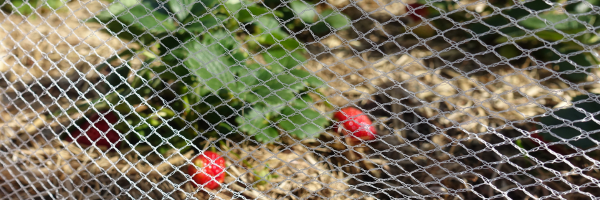
Combining with Row Covers or Low Tunnels for Added Protection
Securing to Prevent Entry Points for Determined Birds
Enhance the effectiveness of your netting by combining it with other protective methods:
- Row Covers: Using row covers in conjunction with netting offers additional protection against birds and other pests. Row covers can also help with temperature regulation and moisture retention.
- Low Tunnels: Installing netting over low tunnels can provide a sturdy and secure barrier, keeping birds away from your crops while also offering protection from harsh weather.
Properly securing your netting is essential to prevent birds from finding entry points:
- Effective Fastening Techniques: Use clips, ties, or stakes to securely fasten the netting around your vegetable plots. Ensure there are no gaps or loose areas where birds could sneak through. Check regularly to maintain a tight and secure fit.
Integrating Bird Netting with Other Pest Management Techniques
Bird netting is effective on its own but can be even more powerful when combined with other pest control methods. By combining bird netting with these additional techniques, you ensure your crops have multiple layers of defense, leading to healthier plants and a more successful harvest. Here’s how:
- Visual Deterrents: Combine netting with scarecrows, reflective tape, and predator decoys to create a multi-faceted approach that confuses and scares away birds.
- Auditory Deterrents: Use propane cannons and distress calls to create a threatening environment for birds, boosting the effectiveness of the netting.
- Physical Barriers: Complement netting with tree wraps, trunk guards, and row covers to provide additional layers of defense against various pests.
- Integrated Pest Management (IPM) Plan: Develop a holistic IPM plan that includes bird netting alongside other methods such as crop rotation, biological controls, and habitat management.
- Regular Monitoring: Keep an eye on pest activity in and around your crops to make informed decisions about your pest management strategies.
- Adaptive Management: Be ready to modify your approach as needed. Adjust your netting and other controls based on what you observe to maintain the effectiveness of your strategy.
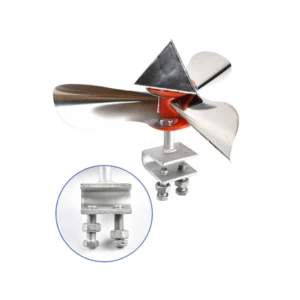
Wind Bird Repeller
4 reviews $29.90Bird Scare Cannon – Mechanical
4 reviews Original price was: $555.00.$499.00Current price is: $499.00.Bird OFF Indoor and Outdoor Laser Bird Eliminator
2 reviews Original price was: $899.00.$799.00Current price is: $799.00.Assessing and Maintaining Bird Netting for Agricultural Crops
Regular Assessments
- Initial Setup Inspection: After installing the netting, conduct a thorough inspection to ensure it is properly secured and covers the entire area intended for protection.
- Weekly Checks: Perform weekly checks during the growing season to identify any wear and tear, such as holes, tears, or sagging areas that could allow birds to penetrate.
- Post-Storm Inspections: After any significant weather event, inspect the netting for damage caused by wind, rain, or debris.
Maintenance Tips
- Repairing Holes and Tears: Use appropriate repair kits or spare netting material to patch any holes or tears immediately. Prompt repairs prevent birds from exploiting these weaknesses.
- Securing Loose Areas: Ensure that all edges and seams are securely fastened. Use additional clips, ties, or stakes if necessary to reinforce these areas and prevent gaps.
- Adjusting for Growth: As fruit trees and vines grow, adjust the netting to accommodate new growth. This prevents the netting from becoming too tight and damaging the plants or too loose and ineffective.
- Pruning: Prune the vines regularly to prevent them from growing into the netting. Overgrown vines can cause the netting to tear and reduce its effectiveness.
- Cleaning and Storage: At the end of the growing season, carefully remove the netting, clean it of any debris or dirt, and store it in a dry, rodent-free location. Proper storage extends the netting’s lifespan and ensures it’s ready for use next season.
- Comprehensive Planning: Incorporate netting into your overall strategy alongside other organic practices. This helps ensure a balanced approach to pest control without resorting to chemicals.
- Impact on Beneficial Insects: While netting keeps birds away, it might also affect beneficial insects. To mitigate this, choose netting with a mesh size that allows helpful insects to pass through while still blocking birds.
Incorporating netting into your overall strategy alongside other organic practices helps ensure a balanced approach to pest control without resorting to chemicals. While netting keeps birds away, it might also affect beneficial insects. To mitigate this, choose netting with a mesh size that allows helpful insects to pass through while still blocking birds.
To view our full collection, please visit our Bird Netting Range!
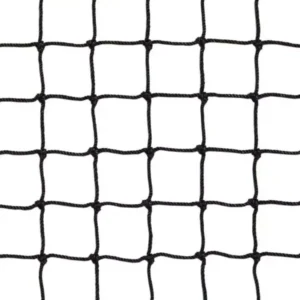
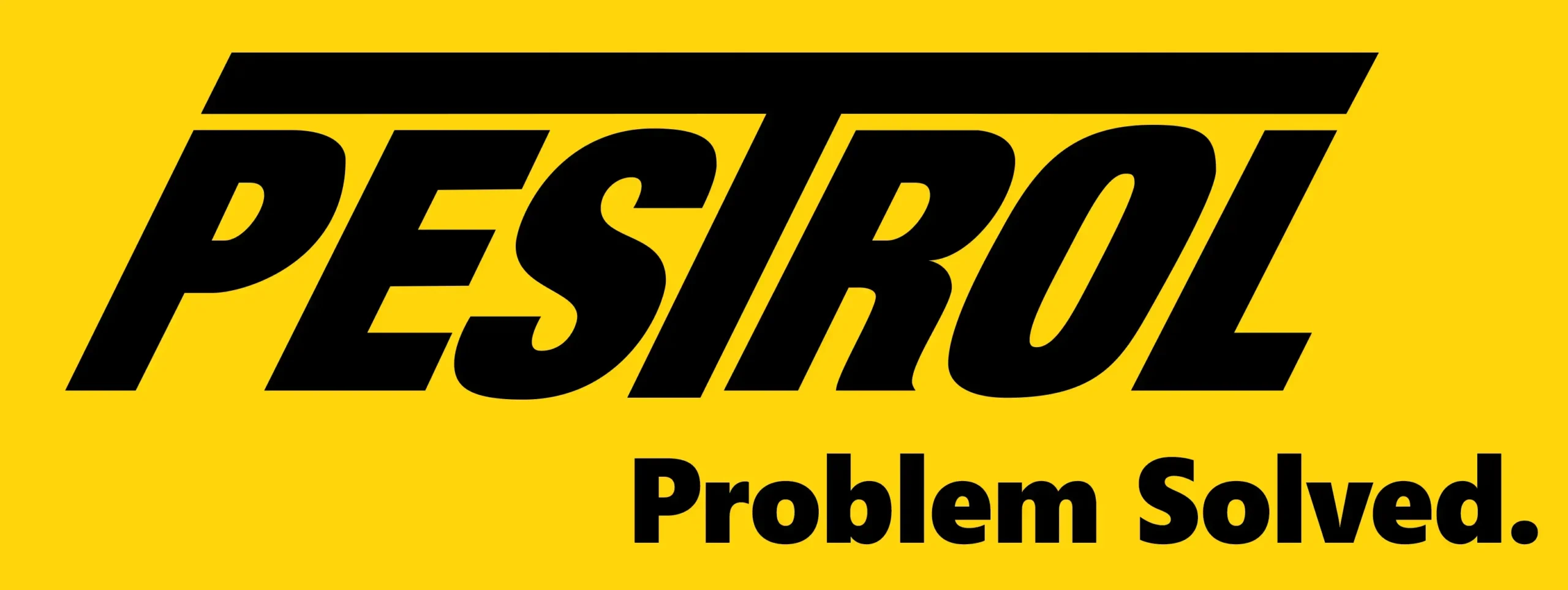
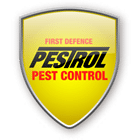



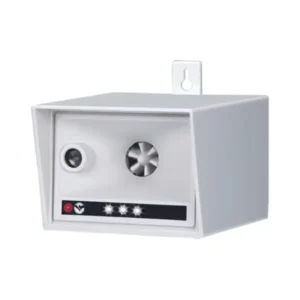
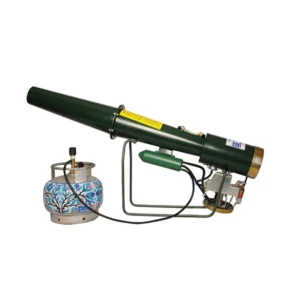
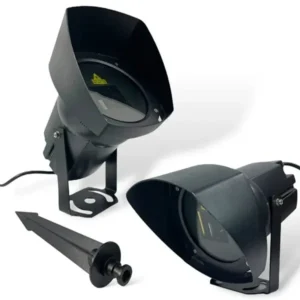
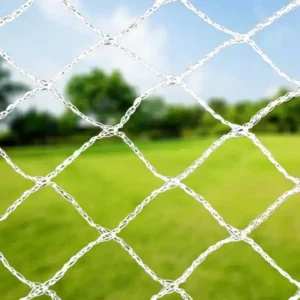
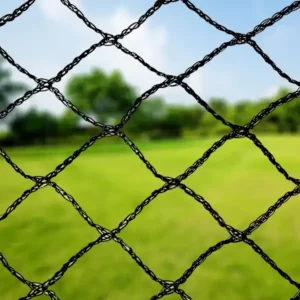
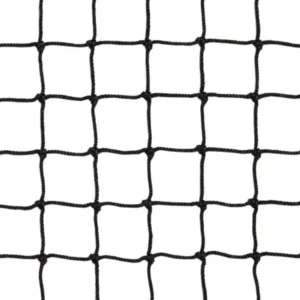
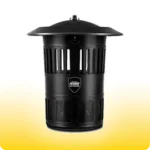 Mosquito Traps
Mosquito Traps